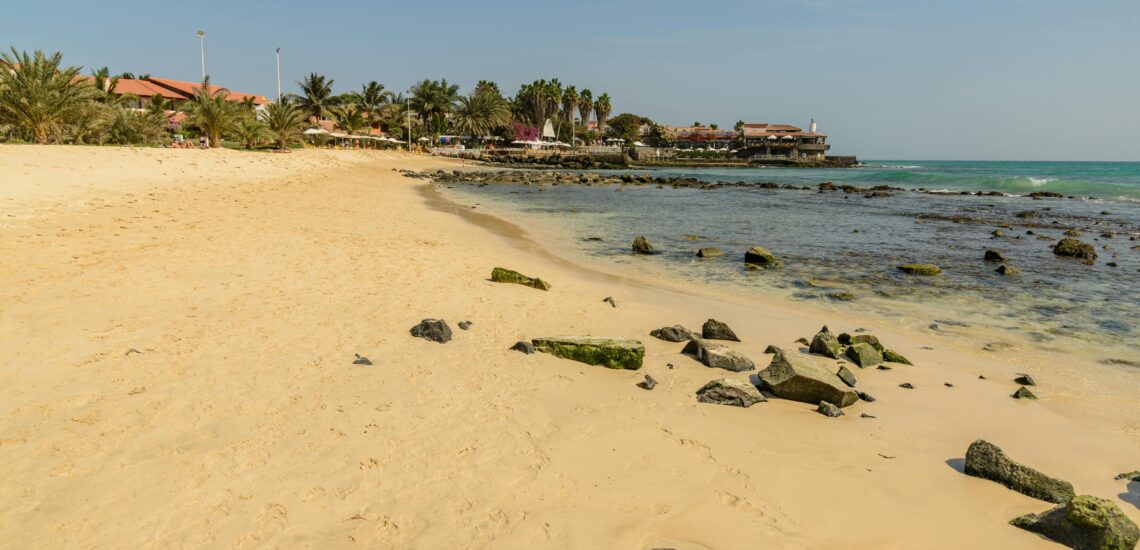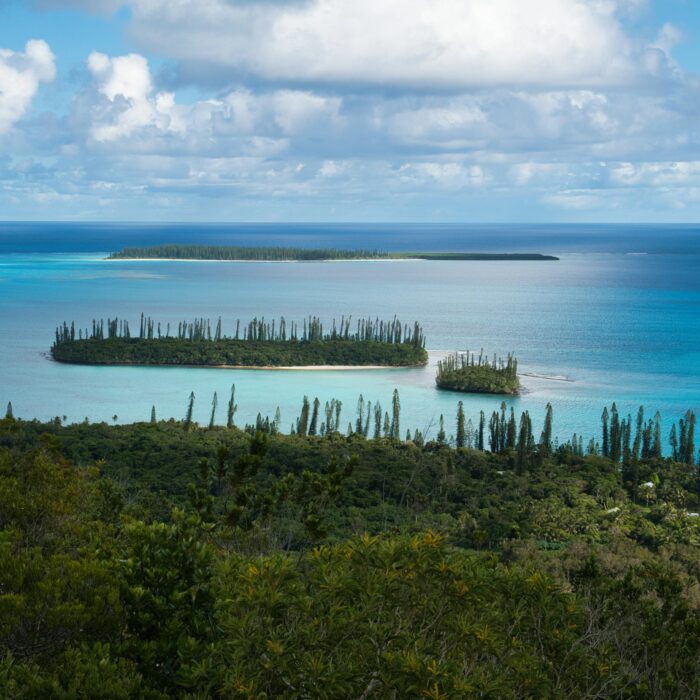Quick facts about Senegal:
- Population: Approximately 18.5 million people.
- Capital: Dakar.
- Official Language: French.
- Other Languages: Wolof (widely spoken), Pulaar, Serer, and other indigenous languages.
- Currency: West African CFA franc (XOF).
- Government: Unitary presidential republic.
- Major Religion: Predominantly Islam, with small Christian and indigenous belief communities.
- Geography: Located on the west coast of Africa, bordered by Mauritania to the north, Mali to the east, Guinea to the southeast, and Guinea-Bissau to the southwest. The country also surrounds The Gambia, forming a nearly enclosed enclave. Senegal has diverse landscapes, including savannas, wetlands, and coastal plains.
Fact 1: There are 7 UNESCO World Heritage sites in Senegal
Here’s the accurate list by category:
Cultural (5 sites):
- Stone Circles of Senegambia (2006) – An ancient site shared with The Gambia, featuring stone circles and burial mounds.
- Saloum Delta (2011) – Notable for its historical role in trade and as a cultural landscape shaped by fishing communities.
- Island of Gorée (1978) – Known for its connection to the Atlantic slave trade and colonial architecture.
- Island of Saint-Louis (2000) – A historical town with colonial-era architecture, significant during French colonial rule.
- Bassari Country: Bassari, Fula, and Bedik Cultural Landscapes (2012) – Recognized for its cultural landscapes and traditional practices of indigenous communities.
Natural (2 sites):
- Djoudj National Bird Sanctuary (1981) – One of the world’s major bird sanctuaries, supporting large populations of migratory birds.
- Niokolo-Koba National Park (1981) – Known for its diverse flora and fauna, including endangered species such as the West African lion.
Note: If you plan to visit the home country of the most famous off-road race Dakar – check if you need an International Driving Permit in Senegal to rent and drive a car.
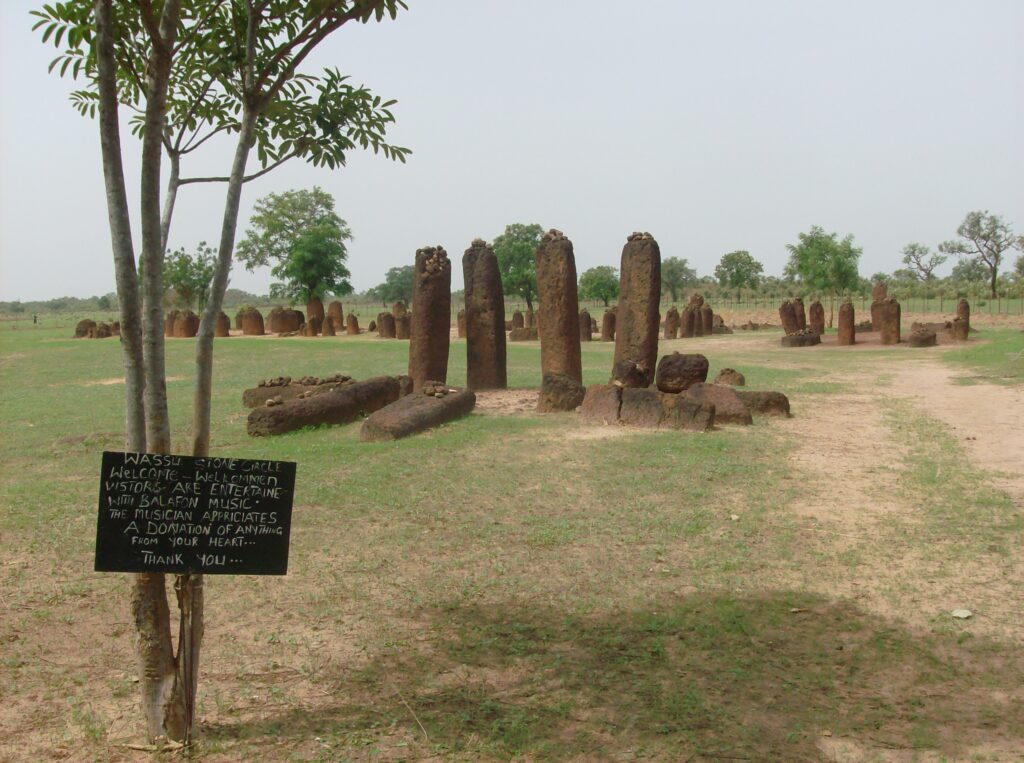
Fact 2: Senegal is an example of a democratic country in Africa
Senegal is often regarded as a model of democratic stability in Africa. Since gaining independence from France in 1960, Senegal has experienced peaceful transfers of power and is notable for having never suffered a military coup, which is rare in the region. The country held its first multiparty elections in 1978, and subsequent elections have generally been free and fair.
One of the most significant moments in Senegal’s democratic history was the peaceful transfer of power in 2000, when long-time president Abdou Diouf accepted defeat to opposition leader Abdoulaye Wade. This transition reinforced Senegal’s reputation as a democratic example on the continent. The political landscape is competitive, with a variety of parties and active civic engagement, and freedom of the press is relatively strong compared to many neighboring countries.
Fact 3: There are good surfing spots in Senegal
Dakar, the capital, is a top destination for surfers due to its consistent waves and variety of breaks suitable for all skill levels. One of the most famous surf spots is Ngor Right, made famous by the 1966 surf film The Endless Summer. This right-hand reef break near Ngor Island offers powerful waves, especially during the winter months from November to March, when swells are at their peak.
Other popular surfing locations include Yoff Beach and Ouakam in Dakar, which provide waves that appeal to both beginner and advanced surfers. Farther south, Popenguine and Toubab Dialaw are quieter spots with more laid-back atmospheres, ideal for surfers looking for less crowded waves.
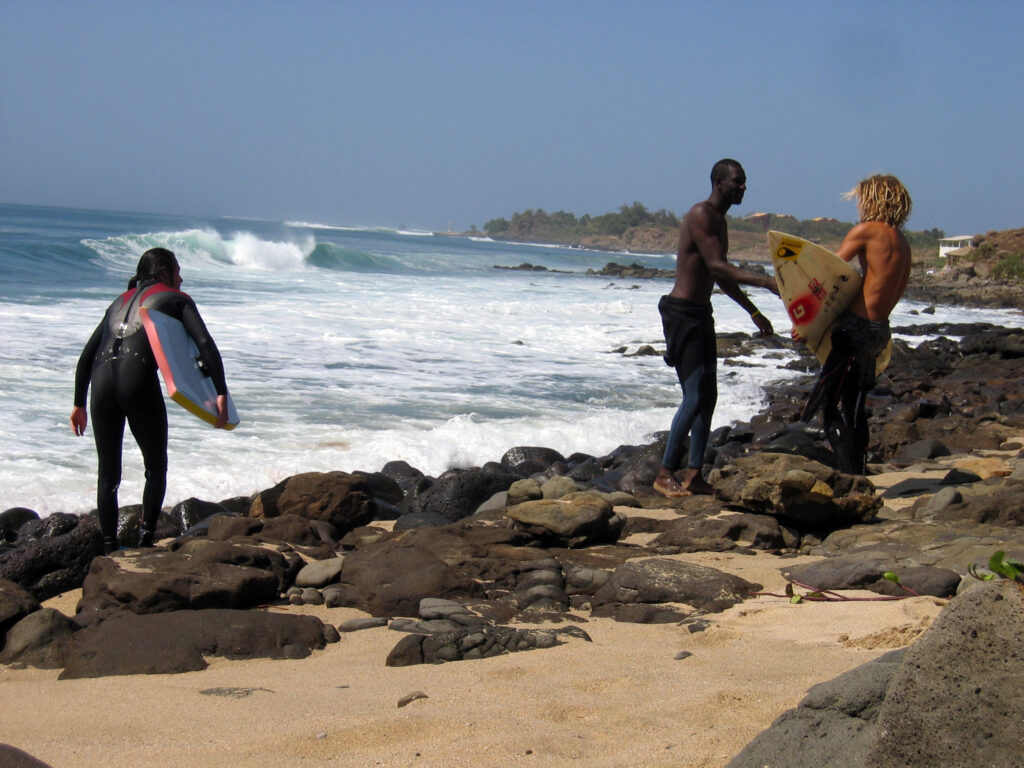
Fact 4: Senegal is an active participant in the Great Green Wall project
Senegal is a key participant in the Great Green Wall project, an ambitious African-led initiative aimed at combating desertification and restoring degraded land across the Sahel region. The project, which spans over 20 countries from the west to the east coast of Africa, aims to create a mosaic of green landscapes, improving agricultural productivity and resilience to climate change.
Senegal has made significant progress, particularly in the regions of Ferlo and Tambacounda. By planting drought-resistant trees such as acacia, Senegal has already restored thousands of hectares of degraded land, which helps to prevent soil erosion, retain water, and provide local communities with valuable resources like gum arabic. The Great Green Wall not only supports environmental goals but also promotes economic development by creating jobs and improving food security for rural communities.
Fact 5: The Dakar Rally is the most famous rally in the world
The Dakar Rally originally took place from Paris, France, to Dakar, Senegal. First organized in 1978, the rally quickly gained a reputation for its extreme difficulty, with competitors navigating vast deserts, dunes, and rugged terrains across North and West Africa. The race’s destination in Dakar became iconic, drawing global attention and inspiring the event’s name.
However, due to security concerns in the Sahel region, the rally was moved from Africa in 2009, first to South America and later to Saudi Arabia, where it continues today. Despite no longer finishing in Dakar, the rally’s name remains a tribute to its African roots, and it is still known for being one of the toughest motorsport events globally.
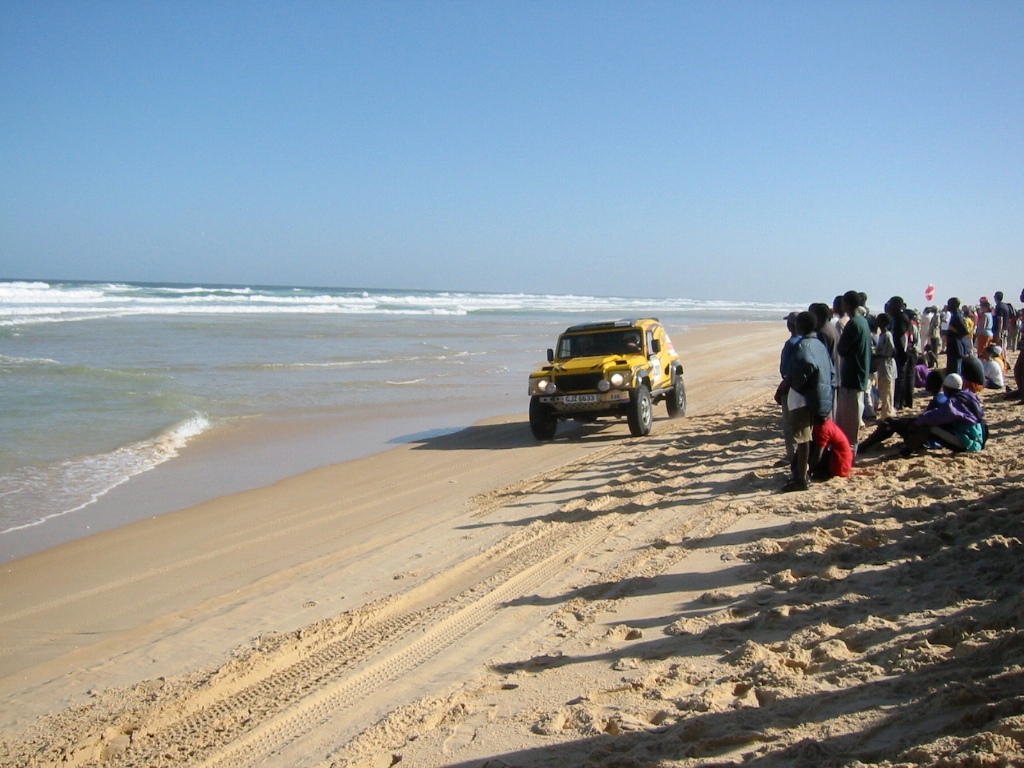
Fact 6: Africa’s westernmost point is in Senegal
Africa’s westernmost point is located in Senegal, at Pointe des Almadies on the Cape Verde Peninsula near Dakar. This geographical landmark extends into the Atlantic Ocean and is close to popular areas in Dakar, including Ngor and Yoff. Pointe des Almadies is not only significant for its geographic position but also for its proximity to Senegal’s vibrant capital city, making it a popular spot for locals and tourists alike.
Fact 7: There is a lake in Senegal that sometimes turns pink
There is a lake in Senegal known as Lake Retba, or Lac Rose (Pink Lake), which is famous for its striking pink color. Located about 30 kilometers north of Dakar, the lake’s unique hue is caused by the high concentration of salt and the presence of a microorganism called Dunaliella salina, which thrives in the saline environment and produces a reddish pigment.
The color of the lake can vary depending on the season and the salinity levels, but during the dry season (around November to June), the lake’s pink color is most vivid. Lake Retba is also notable for its high salinity, which is similar to that of the Dead Sea. This allows people to float easily on its surface.
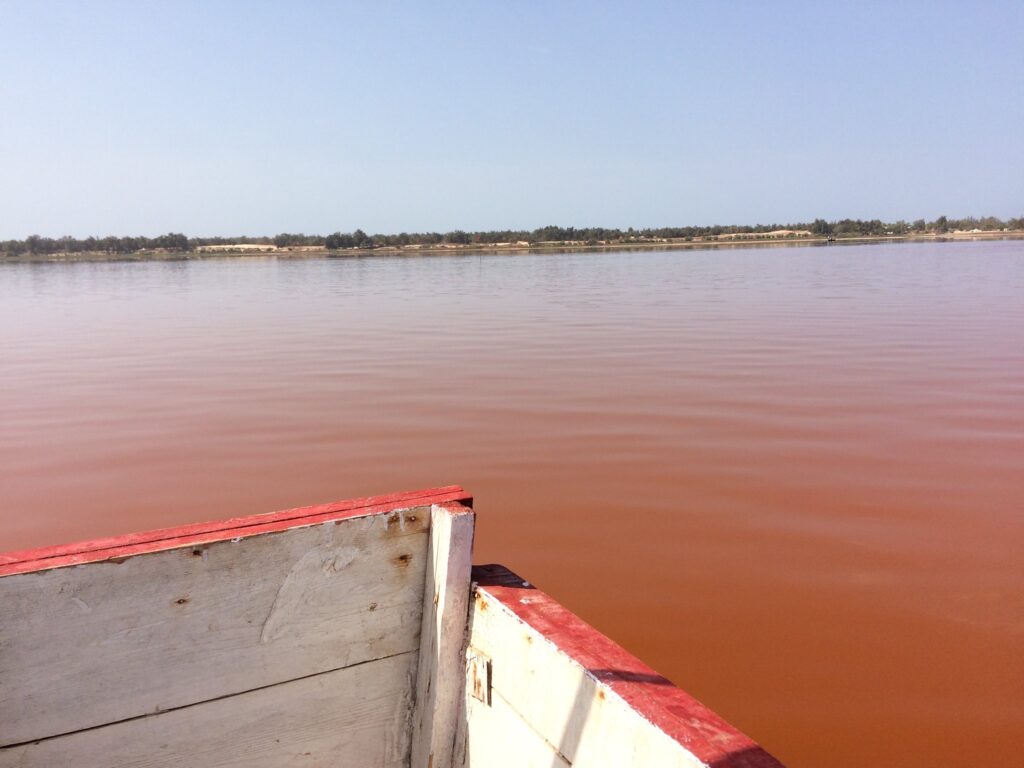
Fact 8: About 1 million pilgrims gather in Senegal every year
Every year, around 1 million pilgrims gather in Senegal for the Magal of Touba, one of the most significant religious events in the country. The Magal is an annual pilgrimage held in honor of Cheikh Ahmadou Bamba, the founder of the Muridiyya Brotherhood, one of the largest Sufi Muslim sects in West Africa. The pilgrimage takes place in Touba, a holy city in central Senegal, where Cheikh Ahmadou Bamba is buried.
The Magal is both a religious and cultural event, attracting millions of followers from Senegal and other countries. Pilgrims come to Touba to pray, pay their respects, and celebrate the life and teachings of Cheikh Ahmadou Bamba. The event is marked by processions, prayers, and the recitation of religious texts, and it has become a significant expression of Senegal’s deep-rooted Islamic traditions.
Fact 9: Senegal is home to the tallest statue in Africa
Senegal is home to the African Renaissance Monument, which is the tallest statue in Africa. Located in Dakar, the capital city, the statue stands at an impressive height of 49 meters (160 feet), with the total height including its base reaching about 63 meters (207 feet).
Unveiled in 2010, the monument was designed by Senegalese architect Pierre Goudiaby Atepa and built by North Korean company Meari Construction. It represents a man reaching out towards the sky, with a woman and child beside him, symbolizing Africa’s emergence from colonialism and its path towards progress and unity.

Fact 10: The first all-African movie was made in Senegal
First all-African feature film, titled “La Noire de…” (Black Girl), was made in Senegal in 1966. It was directed by Ousmane Sembène, a pioneering filmmaker often referred to as the “father of African cinema.”
“La Noire de…” is a landmark film in African cinema history and tells the story of a young Senegalese woman who moves to France to work for a French family, only to experience alienation and exploitation. The film addresses themes of colonialism, identity, and the African diaspora’s struggle for dignity in a post-colonial world.

Published November 09, 2024 • 7m to read

